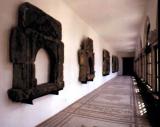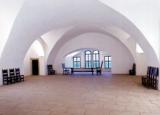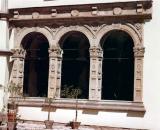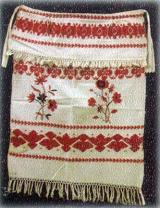2026. January 22. Thursday
Rákóczi Museum - Sárospatak
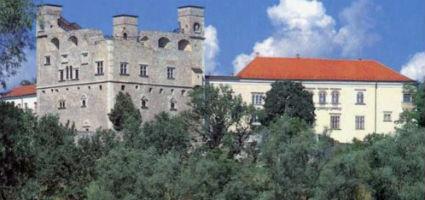 |
Address: 3950, Sárospatak Szent Erzsébet utca 19.
Phone number: (47) 311-083
E-mail: info@rakoczimuzeum.hu
Opening hours: Tue-Sun 10-18
Open on bank holidays! |
|
Programmes
|
|
